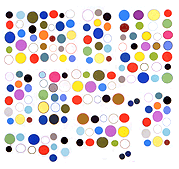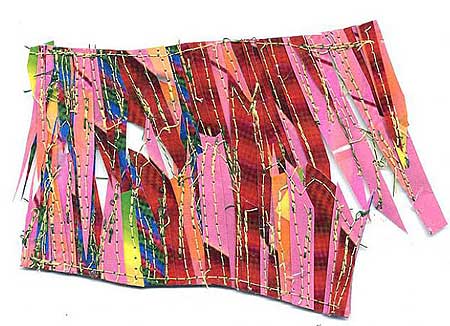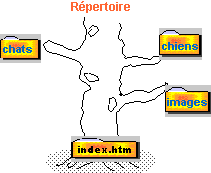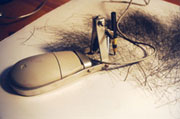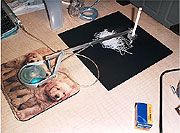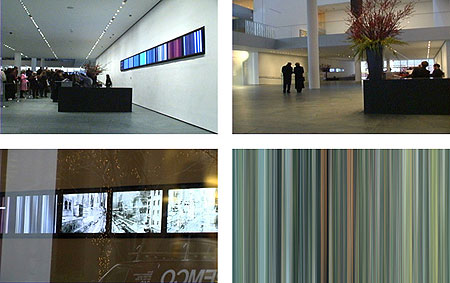tom moody
found ad image

echoing the "saving child with vortex," here is the "untempted hipster child assailed by large hands" (hat tip js)
McCain's Prior Banking Scandal
A CBS News article from March 2008, "Keating Scandal Still Haunts McCain," talks about earlier instances where candidate John McCain attempted to influence federal regulators on behalf of campaign contributors. One involved the FCC: McCain urged "quick consideration" of a proposed TV station purchase while an FCC commissioner's formal nomination was pending before a McCain committee. The other, rooted in the savings & loan crisis of the late '80s/early '90s, has direct relevance to the current financial meltdown:
In his early days as a freshman senator, McCain was known for accepting contributions from Charles Keating Jr., flying to the banker's home in the Bahamas on company planes and taking up Keating's cause with U.S. financial regulators as they investigated him...
Keating and his associates raised $1.3 million combined for the campaigns and political causes of all five. McCain's campaigns received $112,000. The investigation ended in early 1991 with a rebuke that McCain 'exercised poor judgment in intervening with the regulators.'...
Keating went to prison for more than four years after a federal fraud conviction. The conviction was reversed on appeal after he argued that jurors improperly had knowledge of a prior state conviction on related charges. He was to be retried in federal court but instead pleaded guilty to four federal fraud counts. Keating admitted he siphoned nearly $1 million from his S&L's insolvent parent company. He was sentenced to time he already had served.
After prison, Keating moved to his daughter's home in the wealthy Phoenix enclave of Paradise Valley. In 2006, he quietly began work as a business consultant in Phoenix. A spokesman for Keating, reached at his office, said Keating did not want to discuss the banking scandal or McCain's presidential campaign.
Keating's Lincoln Savings and Loan sold worthless, high-risk junk bonds. Many of the 23,000 investors were elderly customers who didn't realize their investments were not federally insured. Many were left destitute while Keating maintained a lavish lifestyle. Keating also participated in the risky investments that led to the collapse of S&L's across the country.
The U.S. government seized Lincoln in 1989, sticking taxpayers with a bailout cost of $2.8 billion. Many other thrifts collapsed, with taxpayers footing nearly $124 billion of the $152.9 billion bailout cost, according to the Federal Deposit Insurance Corp.
Depositors and politicians searched for culprits and turned up the five senators.
Keating sought a quid pro quo from the five. He wanted government regulators, who were investigating Lincoln, off his back. And he demanded reversal of a new rule limiting an S&L's direct investment in risky ventures to 10 percent of assets.
The banker's attitude was summed up the day a reporter asked whether his political donations to the senators encouraged their intervention.
"I want to say in the most forceful way I can, I certainly hope so," Keating replied.
Lev Manovich's Principles of New Media Considered
According to Lev Manovich's Wikipedia entry, new media has the following attributes (illustrations supplied by the present blog):
1. Numerical representation: new media objects exist as data
2. Modularity: the different elements of new media exist independently
3. Automation: new media objects can be created and modified automatically
4. Variability: new media objects exist in multiple versions
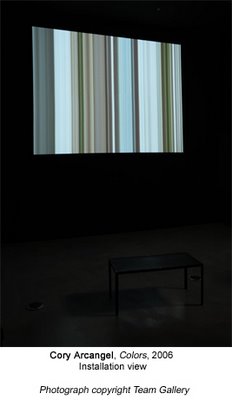
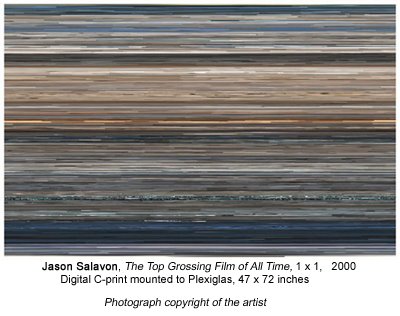
Kurt Ralske, MOMA display screens
5. Transcoding: a new media object can be converted into another format
Viva Failed Web Illustration
Have been reading the Timothy Alan Liu book Rob Myers recommended, The Laws of Cool. Especially liked the discussion of the history of typefaces and design as they made the jump from print to the web. The book features a good, if matter-of-fact, discussion of JODI, as well.
This blog confesses it has a hard time finding its place in Liu's scheme for some of the reasons Rob mentioned in his post on the artwork here (thanks--much appreciated): "...it would fail as simple web illustration. It is too interesting and has too much internal complexity. It makes a context for itself. History, problem solving and interiority are anathema to the easy post-historical consumerist cool of Web 2.0."
Alan Liu assumes everything is about "cool" and eventually even the "uncool" gets absorbed into the "cool." That is, the computerized workplace and playplace is an all-encompassing seductive experience measured in "cool," whether it's the Ars Electronica avant garde or designers creating Facebook apps.
I'm interested in seeing software and web tools made problematic through the investment of time and labor all out of proportion to their intended function. Examples would be hand-shading a gradient instead of just writing parameters for it, or hand-rendering animation frames without any use of onion-skinning or digitally generated transition frames. This is an artist stance of "doing the difficult thing" which does not make an easy jump to the web.
The labor and use of "historical" art techniques is not always conspicuous in the finished product (that is, my artwork), so Rob's vouching for it is appreciated.
A post on Rob a few years ago and some examples of his online artwork are here. We have an ongoing disagreement over whether the surf clubs "add anything" to the images they recycle.
Update: Don't know where that "Timothy" came from. Most uncool.
